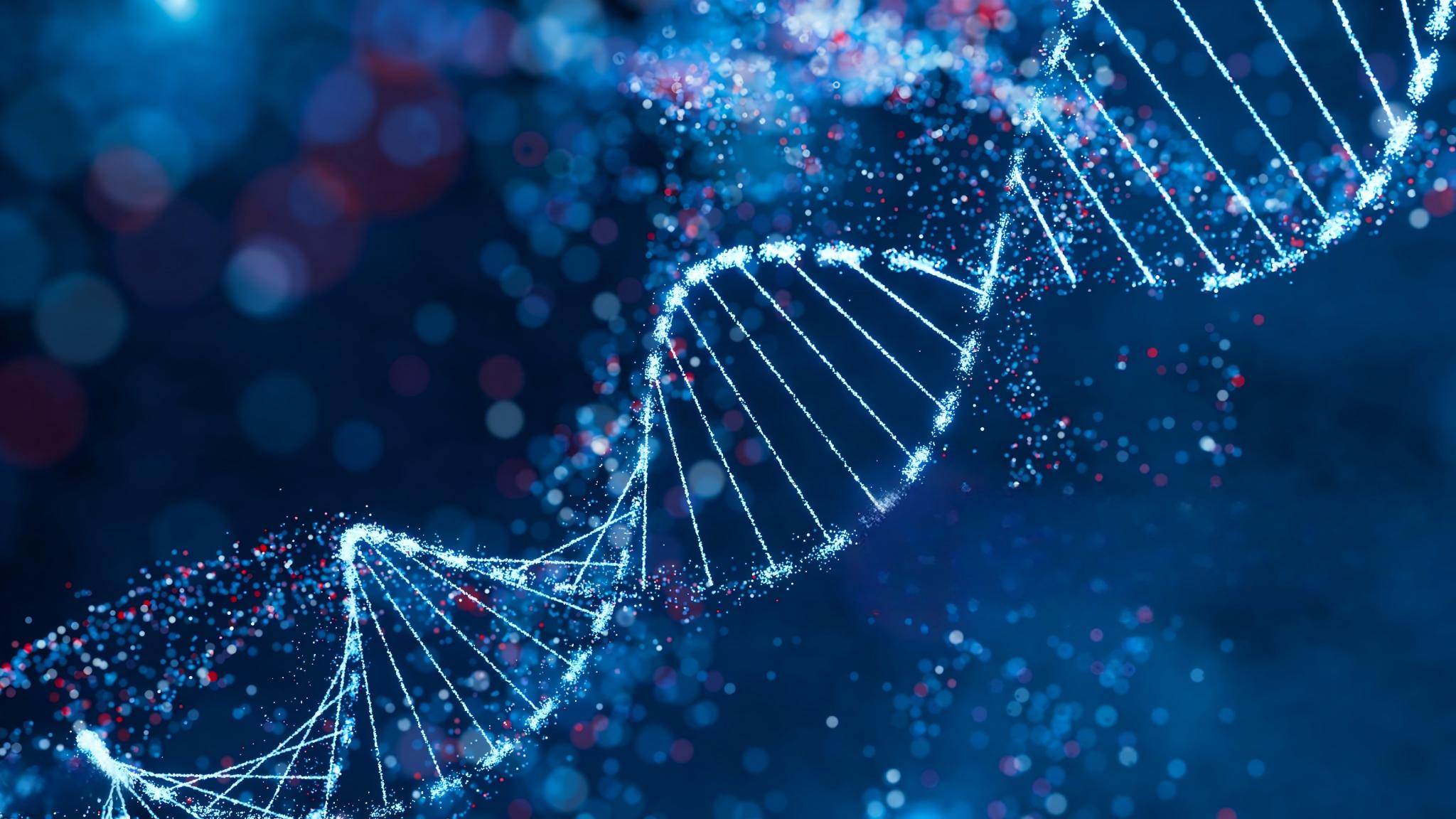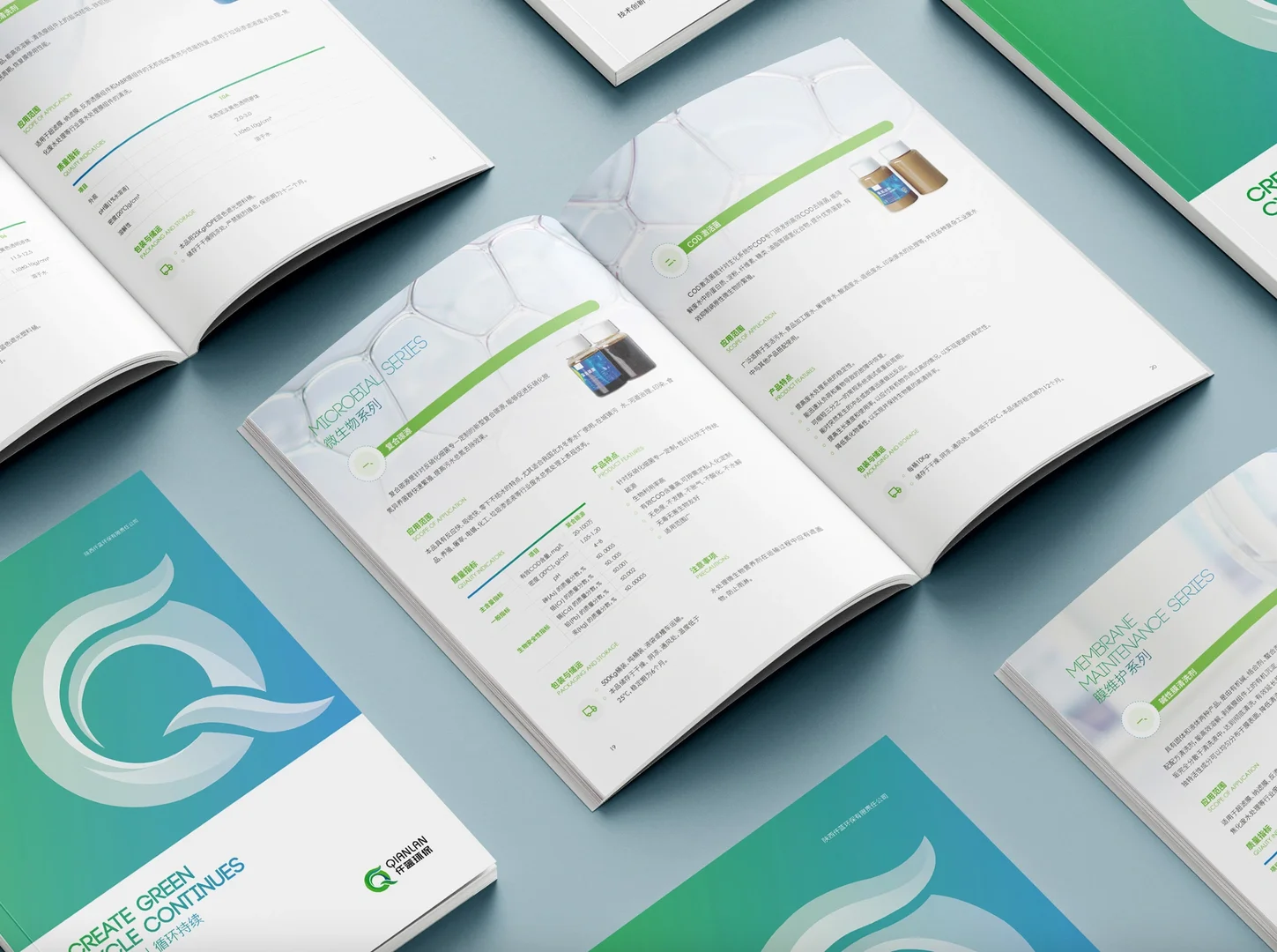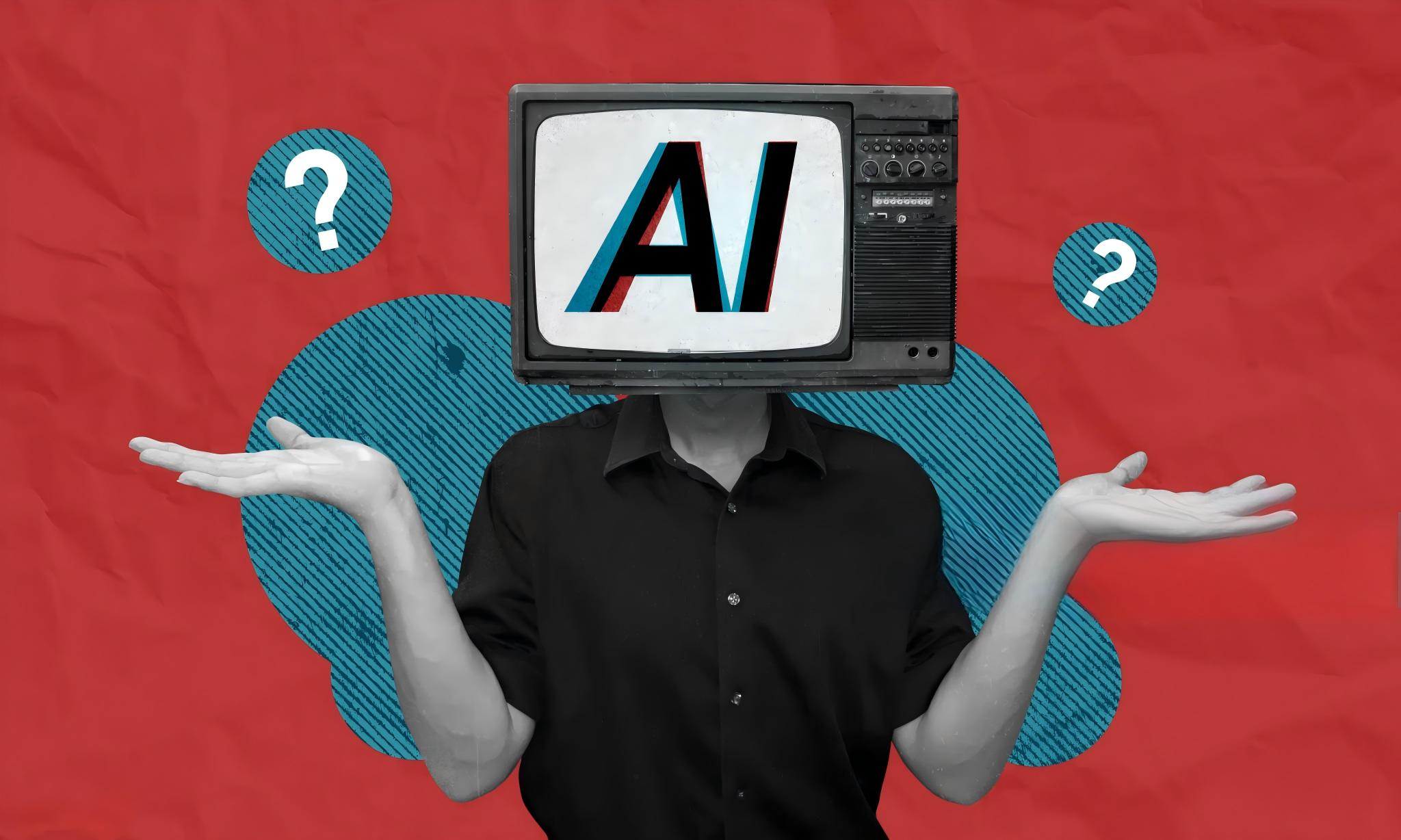In the realm of life sciences, where every detail in a research paper, clinical protocol, or product insert carries weighty implications, getting translations right is non-negotiable. Back-translation stands out as a reliable technique to double-check that accuracy, essentially acting as a quality gatekeeper. Here's how it unfolds: you start with an original document in, say, English, translate it into another language like Spanish for an international trial, and then have a separate translator—who hasn't seen the source—convert that Spanish version back into English. Side-by-side comparisons then expose any shifts in meaning, from subtle cultural tweaks to glaring inaccuracies that could skew interpretations.
This method isn't some optional flourish; it's a practical necessity in fields hemmed in by stringent regulations. Think about the FDA or EMA scrutinizing submissions—any hint of ambiguity in translated materials could trigger rejections or worse. For patient-facing stuff like consent forms or drug warnings, a botched phrase might lead to misunderstandings with real human costs. I've seen cases where something as straightforward as dosing instructions gets mangled, turning "take with food" into advice that implies the opposite, potentially causing adverse reactions.
What really drives home the point are the hard numbers from industry mishaps. For example, an analysis of drug recalls between 2017 and 2019 found that nearly 15% stemmed from labeling errors, racking up enormous financial and reputational damage for companies. Extending that window to 2012 through 2023, the figure hovers around 19% for issues tied to labeling and packaging. And it's not just about recalls; in one study of pharmaceuticals, over 60% of generic drugs showed significant discrepancies in labels compared to their originals, which could confuse healthcare providers and patients alike. Even more alarming, surveys have revealed that 62% of non-native speakers have caught themselves taking medications incorrectly due to unclear translated instructions. These stats aren't abstract—they underscore how translation slips can cascade into delayed approvals, legal battles, or outright harm.
Diving into clinical trials, back-translation proves its worth by aligning with the need for linguistic validation. It's especially critical for tools like Clinical Outcome Assessments (COAs), where ensuring the translated version captures the exact nuance prevents data inconsistencies that might invalidate results. Regulatory bodies often expect this step for high-stakes content, viewing it as a buffer against non-compliance. Sure, it adds a layer of effort and expense, but skipping it invites risks that far outweigh those upfront investments. Experts argue it's about building trust: when lives hang in the balance, "close enough" just doesn't fly.
To pull it off well, you need more than rote process—it's about teaming up translators who know the lingo inside out, from biotech jargon to regional idioms. Combining back-translation with forward edits, where teams hash out differences, creates a robust loop that polishes the final output.
That's where experienced partners shine, like Artlangs Translation, who've been deep in the game for years, mastering translations across over 230 languages. Their focus spans everything from core translation services to video localization, subtitle tweaks for short dramas, game adaptations, multilingual dubbing for audiobooks and clips, plus data annotation and transcription in multiple tongues. With a slew of successful projects under their belt, from smoothing out global clinical docs to nailing regulatory submissions, they turn these complex demands into seamless successes











